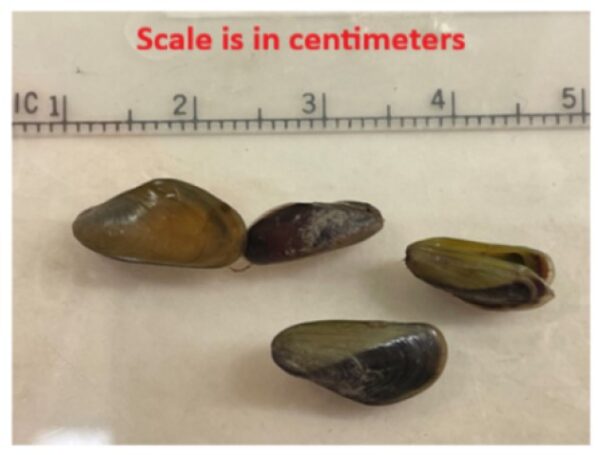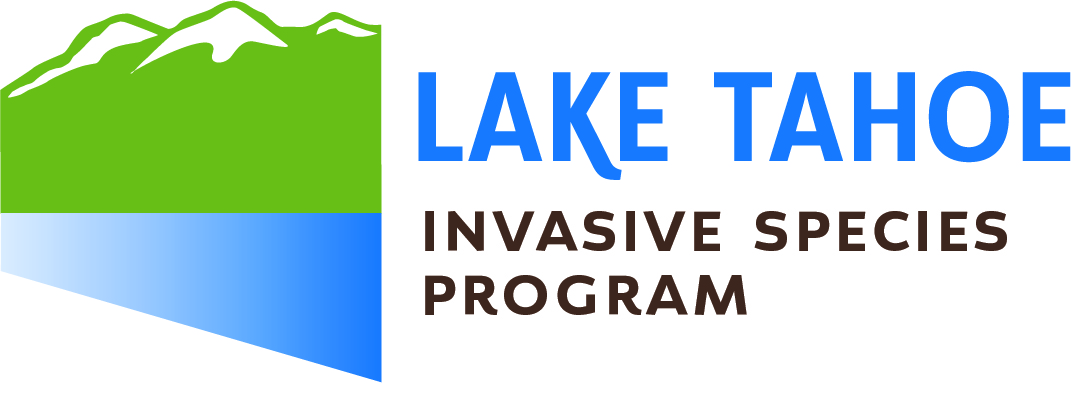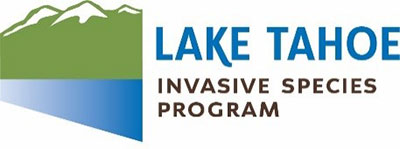Tahoe on High Alert
Contact: Victoria Ortiz, 775-589-5281

Image: Golden Mussels/California Department of Fish and Wildlife
Lake Tahoe, Calif. – Last week California Department of Fish and Wildlife (CDFW) discovered golden mussels that could significantly damage the ecology of waterbodies in the Bay-Delta near Stockton, California. Lake Tahoe is now on high alert, according to the Tahoe Regional Planning Agency (TRPA). It is the first time the species has been detected in North America.
“While this discovery is concerning because of the proximity to Lake Tahoe, our watercraft inspection program is robust and we will continue our existing protocols to prevent its spread to the Lake Tahoe Region,” said Dennis Zabaglo, aquatic invasive species program manager at the TRPA.
TRPA and the Tahoe Resource Conservation District lead Lake Tahoe’s Aquatic Invasive Species Program in collaboration with more than 40 public and private partner agencies. Established in 2008, the program’s mission is to prevent, detect, and control aquatic invasive species in the region to protect Lake Tahoe’s fragile ecosystem.
Under the Lake Tahoe Watercraft Inspection Program, every motorized watercraft is inspected, and if need be, decontaminated before launch. Non-motorized paddle craft can also opt for a free inspection at any regional inspection station. Since 2008, staff have inspected 113,000 boats for aquatic invasive species, which can have devastating environmental and economic impacts.
“This news underscores the importance of the program. Now more than ever non-motorized paddlers, kayakers, and even beach goers must learn how to Clean, Drain, and Dry their gear through the free Tahoe Keepers program before launching anywhere in the region,” said Zabaglo.
The golden mussel, which is native to rivers and creeks of China and Southeast Asia, was likely introduced via international shipping, as boats are one of the largest potential sources of spread of aquatic invasive species in the Western U.S. This species is known to have similarly negative ecological and recreational impacts as quagga and zebra mussels, both of which have never been detected in Lake Tahoe.
The California Department of Water Resources is preparing a rapid response that includes additional monitoring to determine the extent of the population and managing potential vectors.
To learn more about how to Clean, Drain, and Dry and for more information about aquatic invasive species, visit TahoeBoatInspections.com. For the latest updates on the golden mussel, visit the CDFW Aquatic Invasive Species webpage.
###

The Lake Tahoe Aquatic Invasive Species Program is implemented by 40 public and private partner organizations, including federal, state, and local jurisdictions, research partners, public utility districts, and private marinas. The Tahoe Regional Planning Agency and the Tahoe Resource Conservation District lead the program in collaboration with the public and private partners. The program’s mission is to prevent, detect, and control aquatic invasive species in the Region so that future generations can enjoy Lake Tahoe. For additional information, contact Victoria Ortiz, Community Engagement Manager, at (775) 589-5281 or vortiz@trpa.gov.
